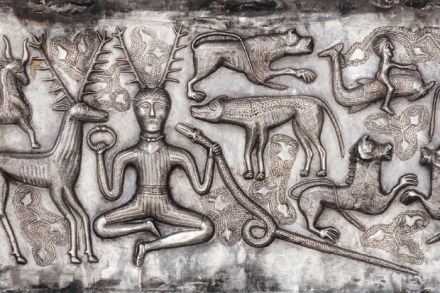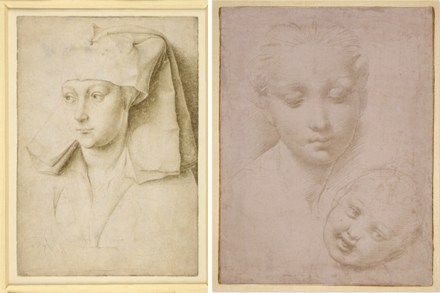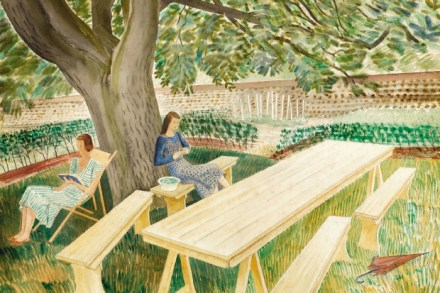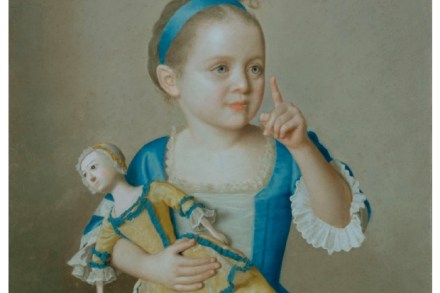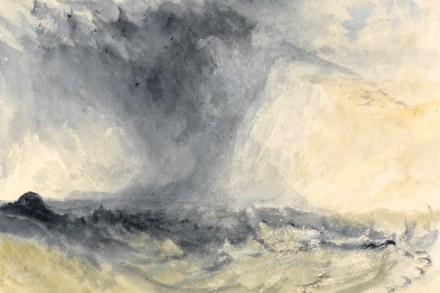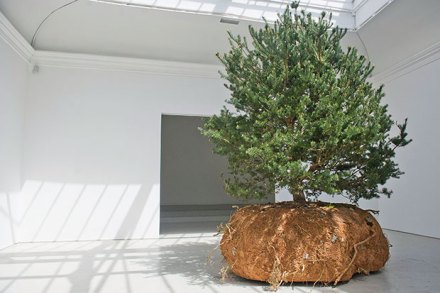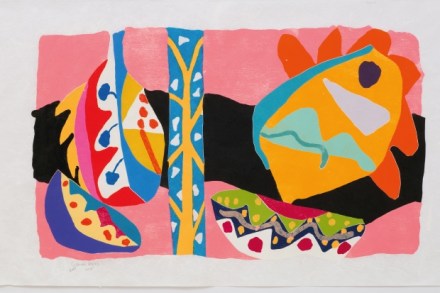Edmund de Waal’s diary: Selling nothing, and why writers need ping-pong
On the top landing of the Royal Academy is the Sackler Sculpture Corridor, a long stony shelf of torsos of gods, martial bodies, heads, a vast foot. At one end Michelangelo’s Taddei Tondo is hidden behind slightly green glass. It is worth any pilgrimage. At the other end is a modest door into the print room and library. You walk into darkness and drama, steps running down past vast print chests and into a double-height library, lit from oculi above. This is where the marbles and plaster casts used to be housed. It was transformed into a library 25 years ago by H.T. Cadbury-Brown, the architect of the Royal College


